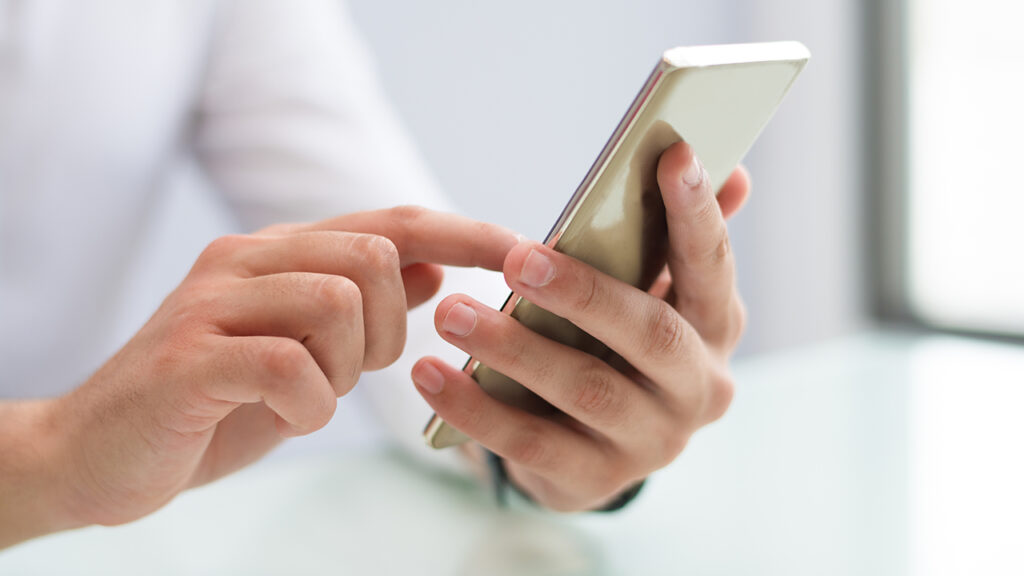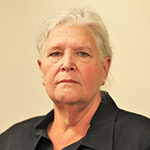Fastest Growing Company C&W Transport records 337% growth
Kenda Burrows

The 309 area code, which includes Mercer, Henry, and Rock Island counties in the Quad Cities, will one day have a second area code: 861.
The Quad Cities will have a new area code to add to the bistate region’s 309 and 563 mix thanks to an “area code overlay” coming to northwestern and north central Illinois.
The Illinois-only “861” area code will one day join the region’s 309 area code, but it will not impact users’ current phone numbers, according to the Illinois Commerce Commission (ICC). It’s…

Get immediate, unlimited access to all subscriber content and much more.
Learn more in our subscriber FAQ.
Do you want to read and share this article without a paywall?
